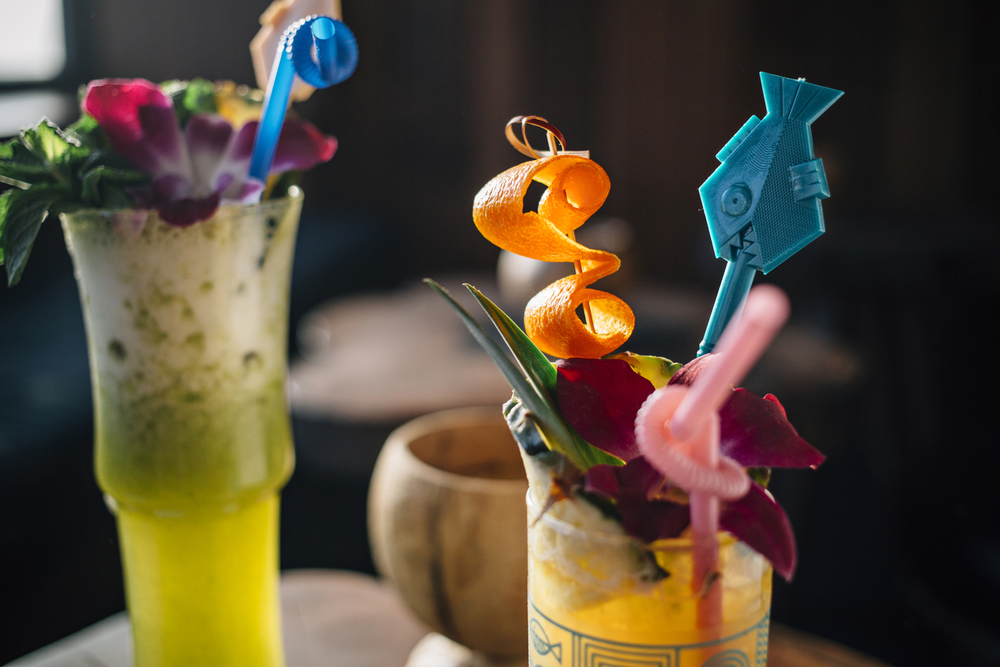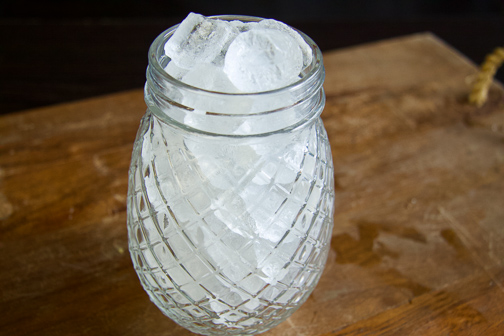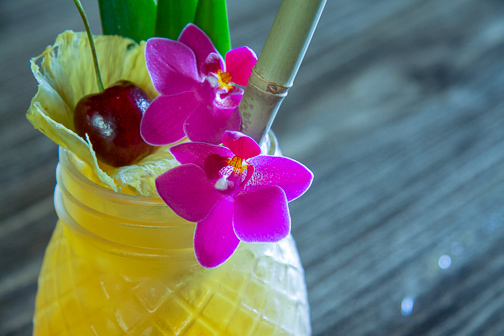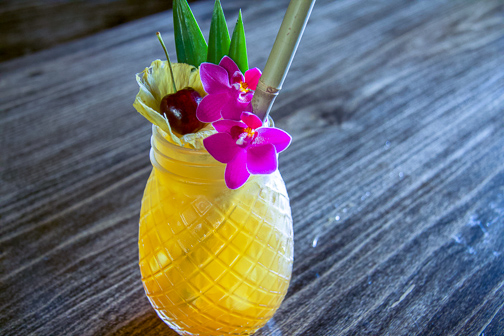Introducing Maryland’s premier organic certified distillery…

Photo by Sarah Murphy
Three immediate reasons to appreciate Braeden Bumpers and Tyler Hegamyer, founders of McClintock Distilling…
They produce incredible spirits that are organic, locally sourced, and sustainable.

McClintock’s award-winning spirits are produced with local non-GMO heirloom grains that are hand-milled at the distillery with an antique stone burr mill from Kentucky. On mash days it takes approximately three and a half hours to mill 1,000 pounds of grain.

By buying organic, we can ensure the highest quality of grains, free of pesticides and chemical additives and do our part to help support small, family-owned farms. By using heirloom grains we also have a completely different taste profile from the standard whiskeys and preserve the character and flavor for the final spirit. Every step of the process is overseen by our distillers to ensure the highest quality spirits for you.
McClintock Distilling

Photo by Sarah Murphy
Careful attention to detail is extended to the distillery’s custom built small batch copper pot still by Kothe of Germany. Copper is an important element in the chemical process, creating a flavor that cannot be replicated in stainless steel.

Photo by Sarah Murphy
The founders of McClintock Distilling have a vision of becoming a waste neutral distillery, so in addition to using locally sourced ingredients they also focus on renewable energy. The distillers have even developed their own specialty cooling system to reduce waste water.

We have taken measures to ensure that all of our production methods are sustainable and environmentally friendly. All spent grains are used as livestock feed in local Maryland farms and our heads are re-used in our distillery for cleaning. Our closed loop cooling system and advanced tank cleaning also dramatically reduce wastewater from production. Check out our full environmental impact here!
McClintock Distilling

Continuing the spirit of innovation, McClintock is one of approximately 20 distilleries in the United States to vapor infuse botanicals, which the Guide House Crew was fortunate to explore with Braeden during our recent field trip.

Photo by Sarah Murphy











What’s in a name?

Photo by Sarah Murphy
Though not YET well recognized, McClintock Young was a renowned inventor in the 1800’s whose inspirations shaped history far beyond the borders of his home town of Frederick. Born in 1836, McClintock moved to Frederick as a young man to follow his passion for innovation. His vision and influence on history were extraordinary, but their impact would have been lost to time had it not been for a fortuitous discovery a few years ago. In the foothills above Frederick stands an old stone cabin whose contents and history had been locked away for generations. As fate would have it, stewardship for the cabin was passed down to one of the owners of this company, and upon its opening, McClintock’s spirit was released. Some say we chose his namesake for the company. We believe his spirit chose us.
McClintock Distilling
The Lineup…

Photo by Sarah Murphy
FORAGER GIN
Forager Gin is a vapor infused new-world style gin using botanicals inspired by native herbs found in the Appalacian Wilderness.

Photo by Sarah Murphy
Tasting Notes
- Aromatic juniper nosing
- Strong citrus and floral notes on the palate, with balanced undertones of juniper throughout the taste.
- Complex finish with earthy and citrus notes to compliment the sweeter floral initial taste.

Photo by Sarah Murphy
MARYLAND-HERITAGE WHITE WHISKEY
Maryland Heritage White Whiskey comes from a historically derived rye heavy mash bill from pre-prohibition Western Maryland distilleries. Aged in house for 24 hours in an oak barrel, this whiskey has the flavor of a strong rye without the woody charcoal elements of barrel aging.

Photo by Sarah Murphy
Tasting Notes
- Strong rye nosing
- Peppery spicy taste on the palate
- Finishes smooth with a mellowness from the wheat and a hint of sweetness from the corn

Photo by Sarah Murphy
MCCLINTOCK RESERVE
The botanical mix for this gin has a beautiful orange zest and spice finish and is aged for 4 months in a used XO Cognac cask imported from France. The cognac gives this spirit a soft fruit body and nosing with delicate wood tannins from the French Oak. This product is limited release so get it before it sells out!

Photo by Sarah Murphy
Tasting Notes
- Bright Aromatic nosing strong in dark fruit notes
- Soft on the palate with sweet orange and a cinnamon heavy spice finish
GARDENER’S GIN
This summer-style sipping gin is a bright, refreshing easy drinking gin for those warm summer days. Using a botanical mix of lavender, cucumber and mint this gin is finished with three different citrus peels and aged in Madeira Wine Casks imported directly from Portugal. The result is a beautifully rich pink color that will be sure to provide a splash at your next summer gathering.

Photo by Sarah Murphy
Tasting Notes
- Bright floral nosing with undertones of rich red wine and pine
- Delicate lavender notes on the palate with a savory rich red-wine like body and an extremely bright citrus finish
- Cool and refreshing mouthfeel from the mint with a hint of lemongrass spice

Photo by Sarah Murphy
BOOTJACK RYE WHISKEY
Made from pure organic grains, the Bootjack Rye Whiskey has been milled, distilled and crafted to create the finest quality rye whiskey. The Bootjack embodies a revived historic high-rye mash bill to recreate the smoother and full bodied flavor that embodied Maryland Whiskey. This release gives nod to McClintock Young’s mountain home in the foothills of Frederick and the cold mountain spring that ran through his property, known to the locals as Bootjack Springs.

Photo by Sarah Murphy
Tasting Notes:
- Rich and deep fruit with light black pepper notes in the nosing
- Starts off bold and full bodied on the palate with a classic Rye spice, but finishes with a mellow sweetness reminiscent of a bourbon
- Beautiful soft mouthfeel for clean sipping or classic rye cocktails

Photo by Sarah Murphy
Matchstick Straight Bourbon Whiskey
Matchstick is a wheated, rye-finished bourbon aged for a minimum of two years in new cooperage, medium char, white American oak barrels. All the grain is non-GMO and stone-milled in house for a robust flavor and character and ridiculously smooth finish.

Photo by Sarah Murphy
Tasting Notes:
- Strong vanilla and banana on the nosing
- Deep fruit and rich vanilla on the taste with a mature charcoal finish

Photo by Sarah Murphy
Need a bottle to take home? McClintock spirits are available at Hillside Liquors, right across the street from Guide House Grill.
Learn more about our favorite distillery at www.mcclintockdistilling.com.






















































 `
`












